Exploring the Versatility of Meat Slicer Blades
Meat slicer blades are essential components in the culinary and food service industries, enabling the efficient slicing of various meats to precise thicknesses. The utility of a meat slicer blade extends across manual, automatic, and even traditional flywheel slicers, each designed to cater to specific slicing needs.
Types and Applications of Meat Slicer Blades
The type of meat slicer blade chosen directly correlates with the intended application. For instance, a 10 inch meat slicer blade is often preferred for larger cuts of meat, providing ample surface area for consistent slices. Conversely, smaller blades, such as those found on a lem meat slicer, are ideal for more delicate or smaller portions. Specialized options like the beswood 10 meat slicer are designed for a balance of precision and ease, suitable for various settings from delis to restaurants.
Features and Considerations for Meat Slicer Blades
When selecting a meat slicer blade, factors such as blade size, power consumption, and durability are paramount. The beswood 250 and kws meat slicer models exemplify blades crafted for longevity and minimal energy usage. Additionally, the adaptability of certain slicers, like the anescra meat slicer, allows for manual operation in the absence of power, highlighting the importance of versatility in blade design.
Materials and Advantages of Quality Meat Slicer Blades
The construction material of a meat slicer blade is a key determinant of its performance and longevity. Stainless steel, often used in omcan slicers and eurodib meat slicers, is renowned for its rust resistance and sharpness retention. The advantages of such materials include consistent slicing capability and reduced maintenance, ensuring that operations run smoothly without frequent blade replacements.
Choosing the Right Meat Slicer Blade
In the quest for the ideal meat slicer blade, one must consider the specific needs of their operation. Whether it's the robustness of a vevor commercial meat slicer or the precision of a 10 food slicer, the selection process should be informed by the type of meat being sliced, the volume of work, and the desired outcome. A cusimax meat slicer, for example, might be the perfect fit for smaller establishments or home use, where space and efficiency are key considerations.
Final Thoughts on Meat Slicer Blades
In conclusion, the choice of a meat slicer blade is a critical decision that impacts the efficiency and quality of food preparation. By considering the type, material, and features of the blade, businesses can ensure they select a slicer that aligns with their operational needs and enhances their food processing tasks.




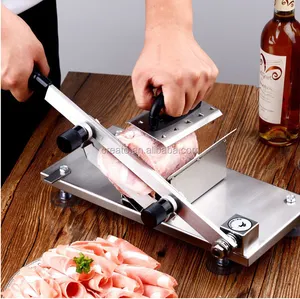







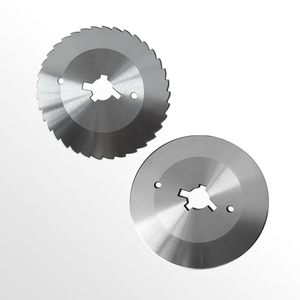




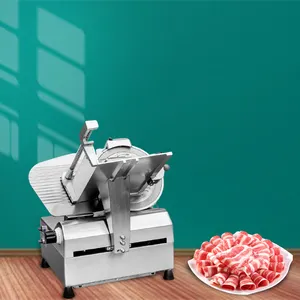



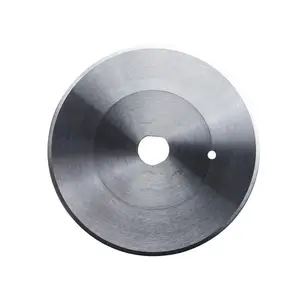


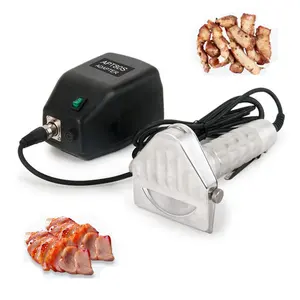




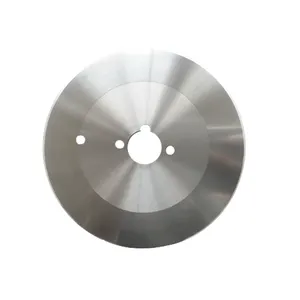
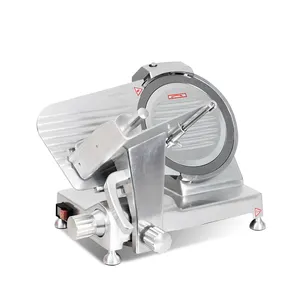

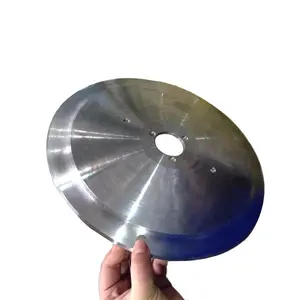
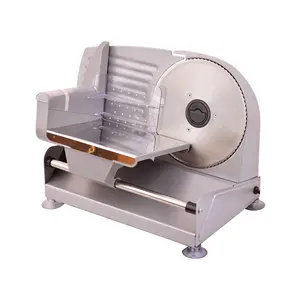




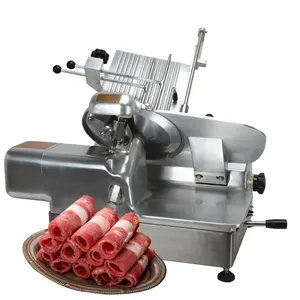



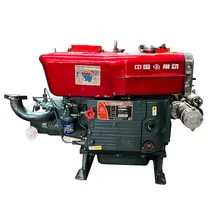
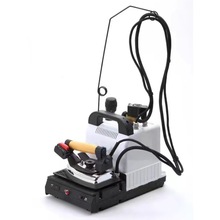
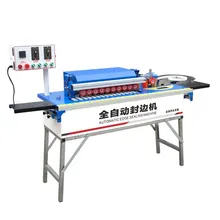




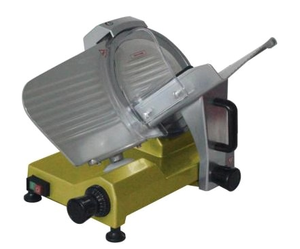



























 浙公网安备 33010002000092号
浙公网安备 33010002000092号 浙B2-20120091-4
浙B2-20120091-4